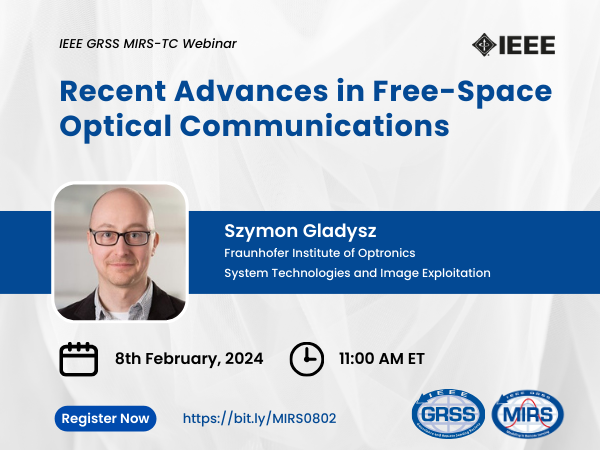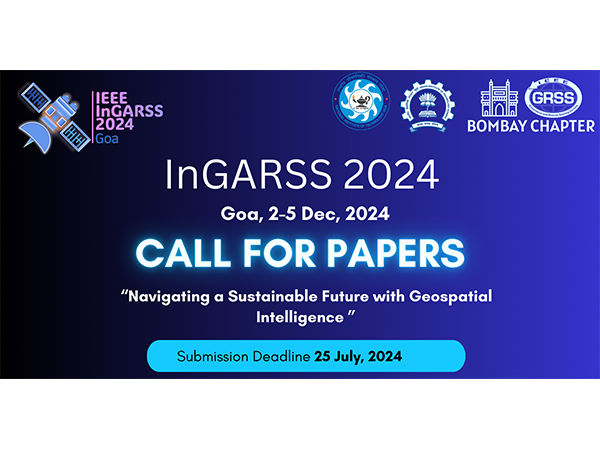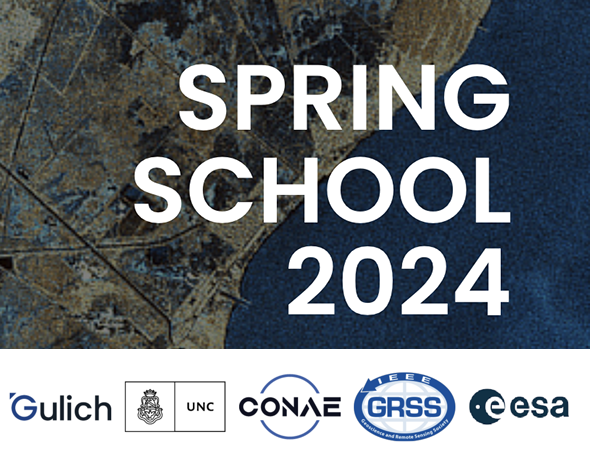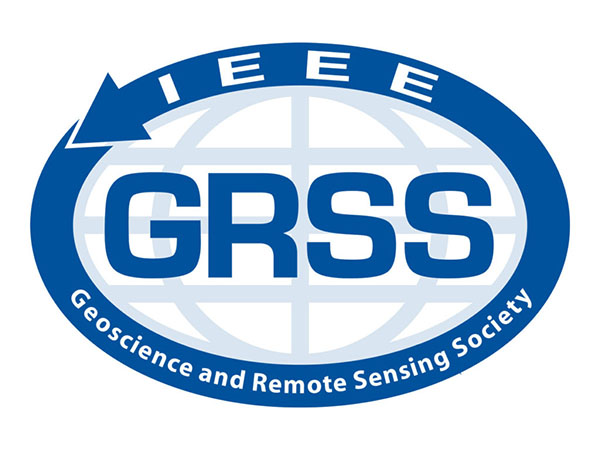Recent Advances in Free-Space Optical Communications
About the Webinar
The seminar will cover recent advances in free-space laser communications in the atmospheric environment. We are witnessing the coming of age for laser communications. Several major players like SpaceX, Facebook and Google, as well as hundred or so smaller companies, are all pursuing several concepts based on laser communications technology. Space agencies such as NASA and ESA have demonstrated uplink, downlink and relayed communications with lasers in space. Laser terminals aboard deep-space missions are also foreseen in the next 10 years or so.
Nevertheless, whenever information must be exchanged between assets in space and a ground station, the Earth’s atmosphere will be a limiting factor for the efficiency of such systems and for terrestrial systems, ground-to-ground and ground-to-air, the atmospheric effect will be even more severe.
Several record-breaking experiments have been very recently carried out and the field is vibrant with new, potentially disruptive solutions to the atmosphere problem which pop out at almost every major conference devoted to free-space communications. In particular, the traditional means of compensating for atmospheric effects through the use of adaptive optics (AO) will probably get superseded by smaller and simpler subsystems and components. AO will still dominate in the market for large optical ground stations.
The presentation will review the historical background (that goes back to the 1880s and Alexander Graham Bell’s experiments with the photophone) and cover the latest advances. Emphasis will be placed on the effect of the random medium (atmosphere) on the efficiency of communications using light and the means of compensating for this effect.
About the Speaker


Dr. Szymon Gladysz is head of the Adaptive Optics Group at Fraunhofer Institute of Optronics, System Technologies and Image Exploitation in Ettlingen, Germany. He obtained his Ph.D. in Physics from the University of Galway in 2007. He has since worked in Germany, Israel und USA on topics related to astronomical instrumentation, image processing and laser beam propagation through random media. He joined Fraunhofer IOSB in 2012 and currently leads adaptive optics research, which focuses on horizontal-path light propagation through atmospheric and underwater turbulence with its main application being free-space communications. He has been awarded several awards and grants, e.g. from University of California, US Air Force and US Navy. He authored or co-authored over 150 publications on turbulence and adaptive optics in journals and conference proceedings He currently chairs NATO SET-304 “Modeling, Measuring and Mitigating Optical Turbulence: M3T” and additionally serves as conference chair and committee member on various OSA and SPIE meetings. He was guest editor for Optical Engineering (SPIE, in 2016/2017), Journal of Applied Remote Sensing (SPIE, in 2017/2018). Since 2022 he serves as topical editor for Applied Optics (OSA/Optica) and since 2023 as senior editor for Optical Engineering. He has managed grants and projects worth around 4 million USD.




























